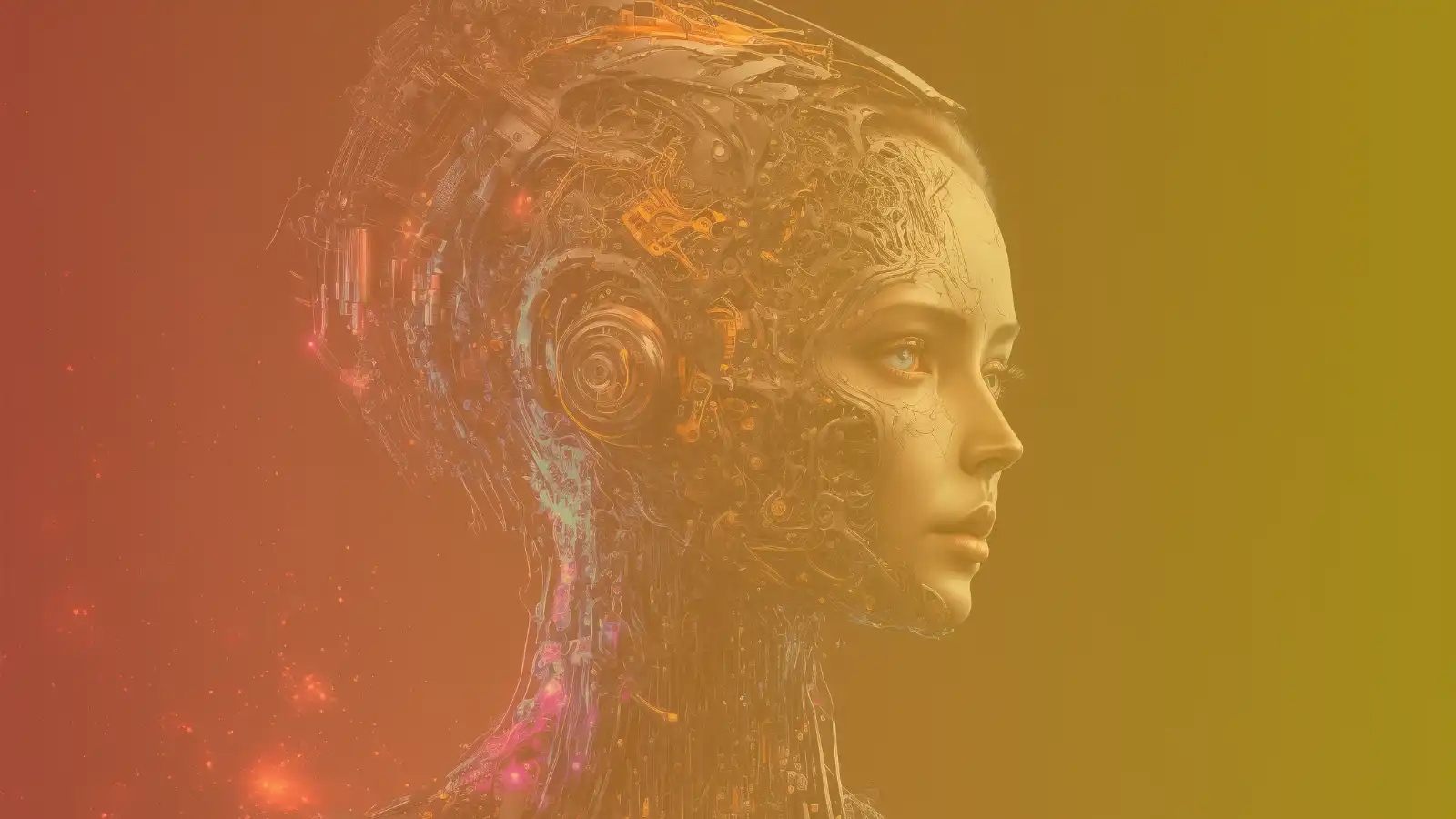Artificial Intelligence (AI) is a double-edged sword, presenting transformative opportunities alongside society-level risks. As businesses navigate gaining efficiencies with unproven technology, Tesla serves as a compelling case study. At the cutting edge of AI adoption, Tesla’s approach to autonomous driving offers crucial insights into harnessing AI’s potential while strategically addressing its complexities.
Opportunities with AI in Tesla’s Autonomous Driving Strategy
Tesla’s commitment to AI-driven autonomous driving is undeniably ambitious. Leveraging the Dojo supercomputer, Tesla aims to elevate its Full Self Driving (FSD) software, empowering its fleet of 400,000 vehicles to make even smarter real-time driving decisions. Ashok Elluswamy, Tesla’s Director of Autopilot software, emphasizes this continuous evolution, noting how their AI system, fed with visual data from eight onboard cameras, constructs a dynamic 3D environment to guide vehicular decisions. But it’s more than just data intake; Tesla’s approach is iterative. By constantly mining visual data from its vast fleet and feeding it back into their training models, the AI continually refines its understanding, improving safety and decision-making with each update. As Elluswamy puts it, by getting the architecture, data, and computing power “just right,” Tesla is pushing the boundaries of what autonomous driving can achieve.

Risks Associated with AI in Tesla’s Operations
Tesla’s embrace of AI for autonomous vehicles brings inherent risks. Software miscalculations replace Human driving errors, evident in crashes involving companies like Pony.ai and Cruise. Unpredictable AI failures, such as phantom braking—a prevalent issue with Tesla’s Model 3 and Y—highlight the technology’s unpredictability. Autonomous driving demands relentless software updates; outdated models can dangerously misread situations, as seen in the 2023 Cruise incident. Moreover, AI’s reliance on connectivity can disrupt traffic, as demonstrated by disconnected Cruise cars causing gridlock in San Francisco. Regulation lags, especially in the U.S., where there’s a pronounced AI expertise deficit in regulatory bodies. Urgently, we need stringent oversight, recruiting tech-savvy government personnel, and broader AI education to harness its potential safely.
Strategically Navigating the AI Landscape: Lessons from Tesla
Tesla’s foray into AI-driven autonomous vehicles offers a mixed bag of lessons for other innovators. On one hand, Tesla’s continuous AI refinement, as highlighted by their Dojo supercomputer’s anticipated impact, exemplifies the importance of relentless innovation and real-world feedback. Collaborations, like those with chip manufacturers, further solidify Tesla’s technological leadership. On the other hand, the AI landscape is fraught with challenges. The shift from human driving errors to software misjudgments, unpredictable AI failure modes such as phantom braking, and the necessity for constant model updates underscore the complexities of integrating AI responsibly. As AI continues to permeate industries, the Tesla case study underscores the critical need for a balanced approach: leveraging AI’s transformative potential while rigorously addressing its inherent risks.
In conclusion, AI offers a world of opportunities but comes with its set of challenges. Tesla’s journey in harnessing AI’s potential while navigating its risks provides a blueprint for businesses across industries. As with any transformative technology, the key lies in balanced integration, continuous learning, and unwavering commitment to stakeholder safety and trust.



